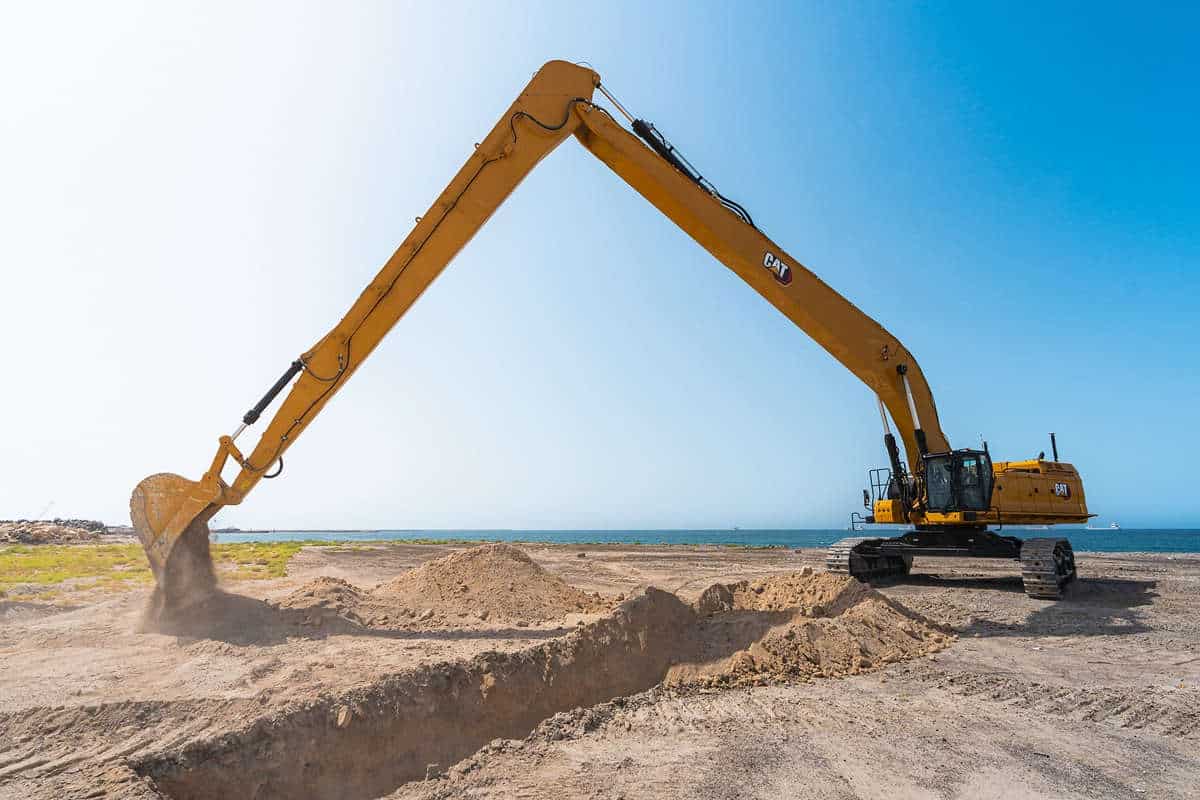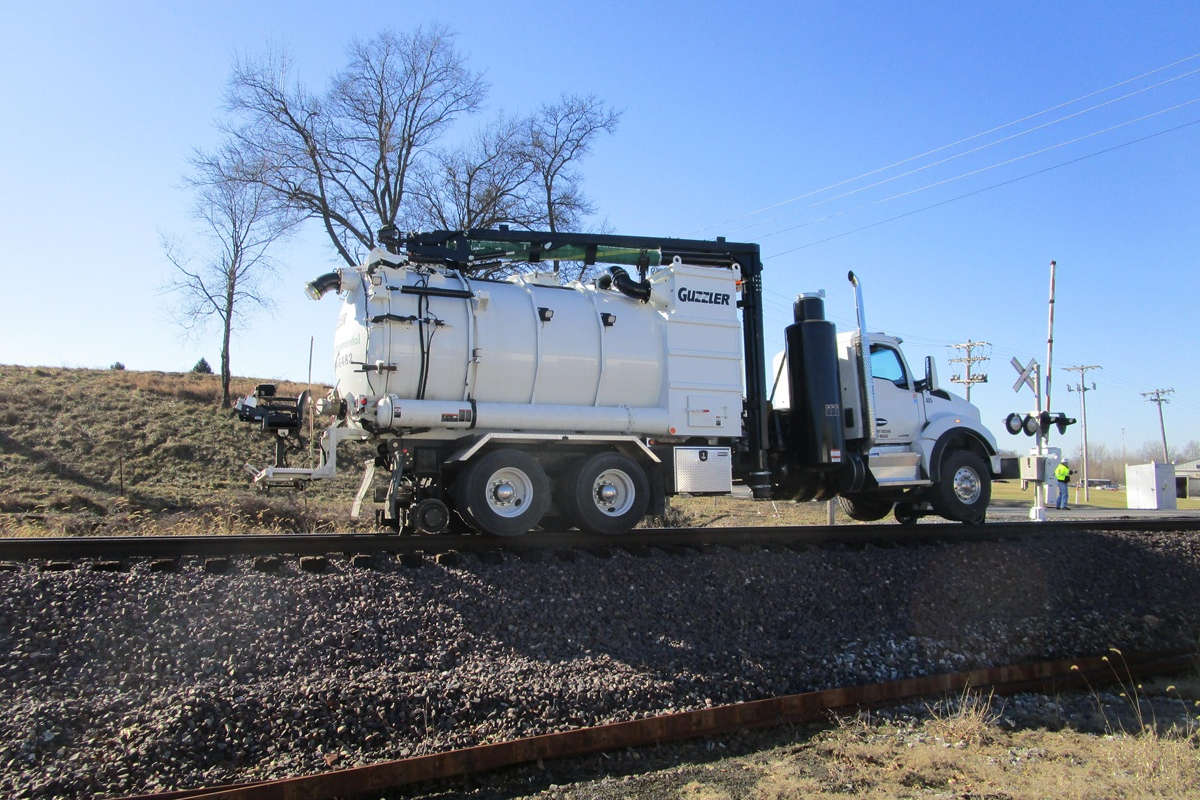What’s the Scoop: JCB Excavators
From digging and backfilling to moving and placing pipe, the excavator is the go-to machine for utility contractors. To highlight these hard-working pieces of iron (as well as the companies that construct them), we’ve gathered the histories, product offerings and specs for the biggest names in the marketplace.
Over the next 10 pages, learn all about the product lines of the most popular excavator manufacturers in North America — from Caterpillar and John Deere to Komatsu and Volvo. Compare specs of different models or simply discover the beginnings of a brand you love. There are even insights and advice from industry insiders to aid in purchasing decisions and maintenance matters. Sit back, relax and dig in.
Pam Kleineke is managing editor of Utility Contractor.
JCB
Compact Design Meets Big Results
For decades, JCB has been producing both full-size and compact excavators. All of JCB’s weight classes of compact excavators are popular in construction applications, but as their weights increase, the machines become more popular for excavation, sewer and pipeline work.
JCB currently offers 11 different compact excavators ranging from the smallest model, the 8008, to the largest, the 100C. The range spans from 1 to 10 tons (however, the specs here only include units 6 tons and higher). According to JCB, the advantages of its compact excavators include increased visibility due to large front, side and top glass areas and a narrow boom and dipper, as well as enhanced productivity.
Product Spotlight: The New Generation
The current range of new machines — the 67C, 85Z, 86C, 90Z and 100C — have launched a completely new look for JCB compact excavators, with a revised H-design undercarriage, robust steel body panels, a spacious operator environment and Tier 4 Final engines that deliver increased efficiency and lower operating cost. JCB’s largest compact excavator, the JCB 100C, has comparable performance to a 13-metric-ton excavator, but is easier to drive with better visibility and better maneuverability.
All New Generation JCB machines are powered by all-new JCB by Kohler diesel engines, which use up to 10 percent less fuel than the previous models and conform to Tier 4 Final emissions standards without any requirement for a DPF, says JCB.
These machines feature a sturdy swing bracket design with widely spaced bearings to prevent wear. In addition, JCB excavators use a new graphite-based pin-and-bush design to deliver 500-hour greasing intervals for reduced daily maintenance and lower operating costs. The machines are also available from the factory with a roto/tilt function installed, making them ready for use with a number of rotating and tilting bucket mount systems.
Advice
“When looking at purchasing a compact excavator, be sure to look for a machine with the proper specifications,” says Jordan Dey, JCB’s compact excavator product specialist. “The overall build and configuration of the compact excavator, from horsepower to arm length, will influence the way that it works and performs. There are a wide range of options available, with various degrees of impact on overall productivity. What is also important to consider is the requirement for machines to now reach Tier 4 Final regulations. With this in mind, buyers should ask about an excavator’s engine, the maintenance required on that engine, and whether the machine requires a diesel particulate filter [DPF] or not to accurately select a machine to best suit their needs.”






